Whether you’re wondering how to start a podcast to advertise your business, or you just think you an your co-host have some great things to offer the world, if you want to start a podcast there’s never been a better time than now.
But, if you don’t know where to start, we’ve put together a really easy guide to starting a successful podcast to help you get started.
What equipment do I need to start a podcast?
As with most new projects, better quality equipment with result in a better quality podcast. However, it is very possible to start a podcast without spending a huge amount of money on equipment.
One thing you will want to invest in, is a good quality microphone.
Audio is one area that you won’t want to cut corners with – your audience will overlook teething issues with your podcast, but poor audio quality is generally a guarantee your listener won’t return. The mic built into your phone or computer just won’t cut it, but if you’re spending money on a microphone you might as well get one that is multi-functional.
We would recommend the Shure MV88+ Kit (£199) which gives you great control over both video and the sound for pro-on screen adjustments – but we’ll look more into this later.
You will also need headphones, these don’t need to be top of the line, but you will want something that’s up to the job. You’ll need to hear what you’re saying – and what your guests are saying if you’re doing interviews via video call or podcasting remotely with a co-host.
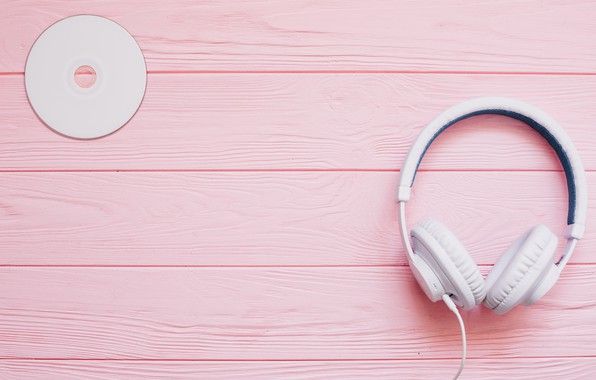
How to start a podcast: recording it
The easiest way to record your podcast is to invest in a microphone that records your audio straight to your phone, giving you full flexibility to do what you want with the audio afterwards. As I’ve already said, we’d recommend the Shure MV88+Kit, which comes with a Manfrotto PIXI Tripod, phone clamp & shoe‐mount mic clip, USB‐C & lightning cables which make it ready for audio and/or video capture right out of the box regardless of your phone type, (Android or iOS both work.)
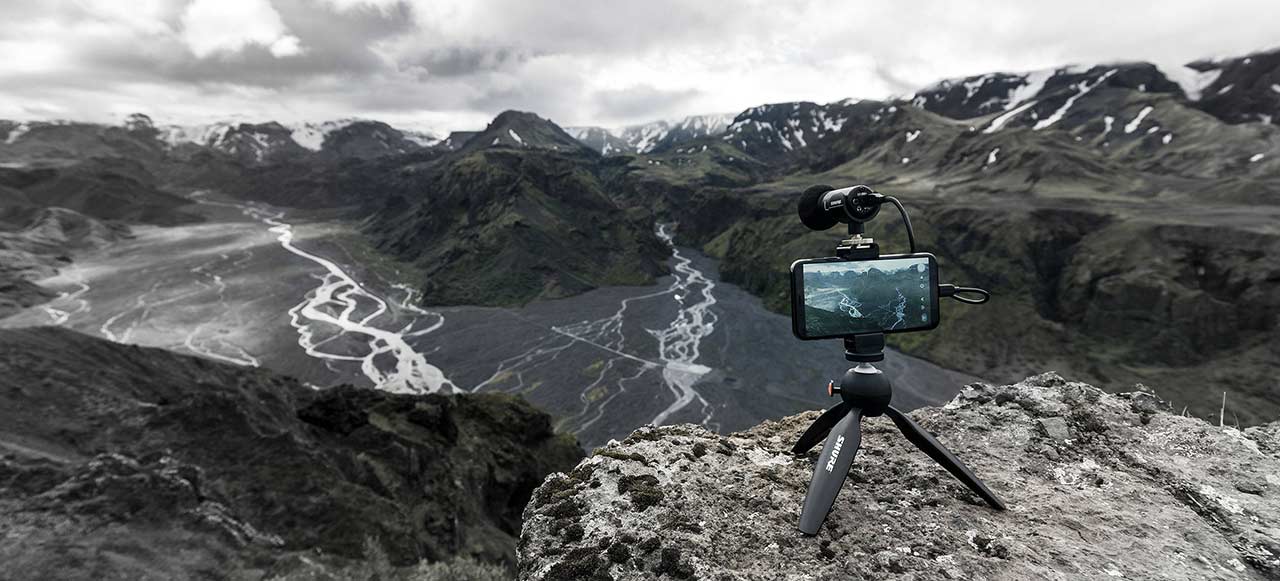
One of the reason’s why this little set up is so handy, is because it gives you complete control over the sound produced in a whole range of environments. For example, if you’re filming at a festival and want to capture the atmosphere, then a moment later you want to go into selfie mode and talk to the camera about the event, using the ShurePlus MOTIV Audio and ShurePlus MOTIV Video apps on your phone you can simply select the situation and the mic will automatically adjust from picking up all the sounds from all around to only picking up your voice.
Thirdly, you can monitor your recording live ie. you don’t have to wait until after your recording to listen and see if what you captured was clear and the volume set correctly.
If the microphone you’re using to record your podcast doesn’t record your audio for you, you can record directly with Audacity. You will also be able to edit your podcast using this platform – but we’ll get onto that later.
How to I edit my podcast?
Unless your podcast is heavily scripted, you’re going to need to edit it to make it flow better and sound more professional.
If you’re looking for a free podcast editing software, you’re best option is Audacity, which many podcasters edit their shows with. It can take some fiddling with to learn the ropes, but all in all it’s a great, zero cost option for editing your podcast.
However, podcasters are, by nature, busy people – and you may not have the time to spend hours editing your podcast every week. If that’s the case, and your budget extends to it, you could try Alitu, the ‘podcast making’ tool, which practically builds your episode for you. It costs around £200 a year but it also comes with hundreds of thousands of music, jingles and other sound effects you might need for your podcast down the line.
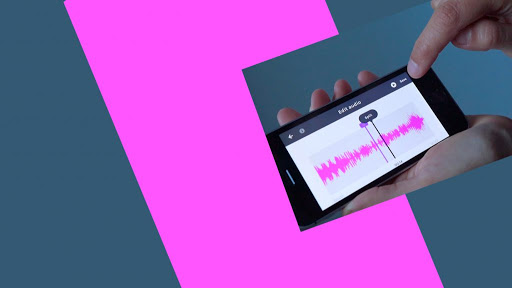
How to start a podcast: finding music
If you want your podcast to sound professional, you’ll want to add some intro/exit music, or even find a theme song to make your podcast instantly recognisable.
If you’re using Alitu to edit your podcast, you’ll have access to a library of music and jingles, but if not there are still plenty of options.
One of the most popular options is Incompetech, which is free – but because it’s free you’ll find that the music is also really common across the podcasting industry so it’s highly unlikely you’ll find something unique.
Audioblocks is a monthly subscription service, which is still a relatively low cost option. For around £12 a month you’ll get access to over 100,000 music tracks, loops and sound effects to jazz up your show. You can keep any tracks you download during your subscription, so if you can budget for it, it’s worth trialling for a month to see if it works for you.
Finally, if you want something completely bespoke, you can use the likes of Find A Musician to find someone to create something for you, or ask a local band if you could use their songs.

Do I need a logo for my podcast?
Technically, you don’t need a logo for your podcast – but if you’re serious about it being successful you’re probably going to want one. Having an easily recognisable logo that stands out is vital when your podcast lines up against thousands of others in the iTunes store. If you’re photoshop savvy, you might want to create a bespoke logo yourself – but if not, free platforms such as Canva have thousands of logo templates you can work off.
How long should my podcast be?
The length of your podcast is going to depend on how much content you’ve got to play with. In short: don’t cut down good content to try and fit within a time frame, but don’t unnecessarily pad your podcast out just to make it longer.
Most podcasts listeners would probably agree that a ‘short’ episode is anything under fifteen minutes, whilst a ‘long’ episode can be upwards on an hour. But keep in mind that the average commute is around 30 mins, which is a good length to shoot for if you’re unsure – you can always split content into two episodes if you’re worried it’s running a bit long.
The length of your podcast can also be a selling factor to your audience. For example, short and snappy ten minute podcasts might suit one type of listener, (perhaps someone who needs a quick boost before training) whilst more in depth 3 hour episodes may suit an entirely different type of listener.
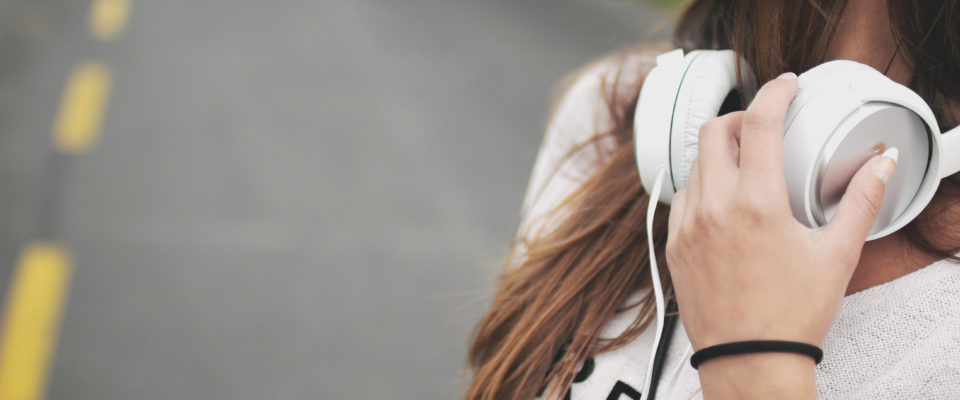
How do I publish my podcast?
Once you’ve recorded and edited your new podcast, you need to get it out into the world so people can listen to it. To do this, you’ll need a podcast host: a service that stores your audio and allow your listeners to listen, download, and subscribe to your podcast on demand.
The cheapest option for this, is Buzzsprout which is around £10 a month. ($12/month)
Once you’ve created your show inside your media host of choice, you can then submit it to various directories, where listeners can find you, listen and subscribe.
Buzzsprout has a good set of auto-submit or guided-submission tools. So, they make it easy to get your show into Apple Podcasts, Spotify, Google Podcasts and other popular spots.
And you’re done. Good luck, and looking forward to finding your podcasts on iTunes soon!
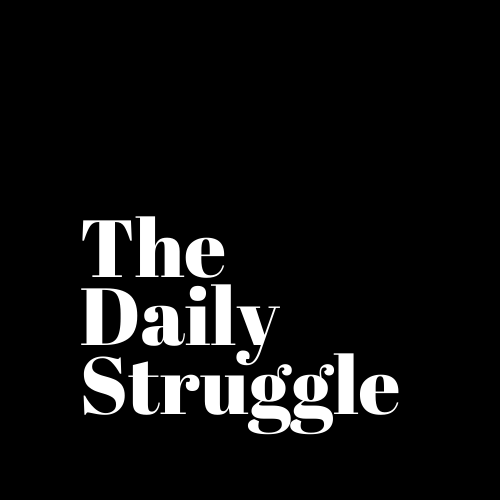
Just a group of real women dealing with life’s daily struggles! Want to write for us? Email: hello@thedailystruggle.co.uk